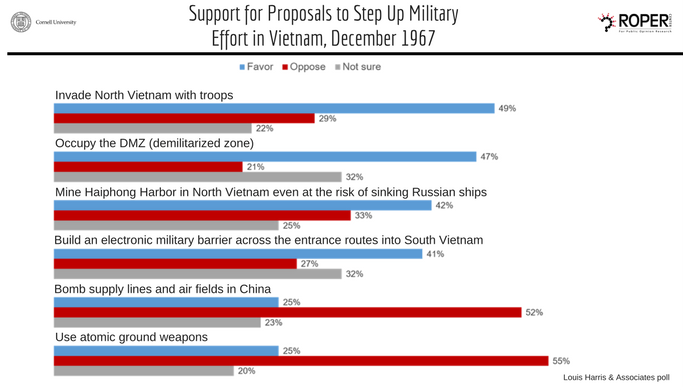Advocating genocide/mass murder, by, for instance suggesting that the U.S. path to victory in Vietnam was to murder 80% of the population, is a Banning Offense.Personally, the said line should be a part of a "grand scheme". As in a major McNamara Line. Below is a rough screenshot from google map
View attachment 549869
The red mark is Ben Hai River, the geographical (and temporary, later turn pernament) division of Vietnam (it effectively runs along the 17th parallel). For a line to be effective, you need the McNamara to go all the way through Laos, nearly reaching Laos - Thailand border. The line should not only consist of electronic sensors, but also firebase - and I mean firebases like the freaking Dien Bien Phu fortress in 1954. Sure, 16k French troops there were beseiged by 55k Viet Minh troops, and later loss, but if you apply "American know how" (read: air, material and money supremacy), it will work.
I reckon that you need around 50k troops for garrison and near-patrol, at minimum. And a good excuse to why do you also cut Laos in half.
***********************
Personally though, the most effective and throughout way for the US to "win" would be killing all Vietnamese (or at least, 70% of the population, if we use the benchmark as 80% would vote for Ho Chi Minh in the referrendum-to-be of 1956). The driving force for Vietnamese back then is the desire to see their Motherland united (spearheaded and proven by the Vietnam Communist Party or Vietnamese Worker Party back then) as well as the desired to avengne their fallens. The first would need a long-arse indoctrination of "US supremacy" (and preferably, apply the trick of the Brit on the Chinese Qing dynasty and the French on Vietnamese people: poison the populace with vices, opium, and such). The second would work, as long as some guy in the top command of the US flips the switch on genocidal.
To Coventry with you.
